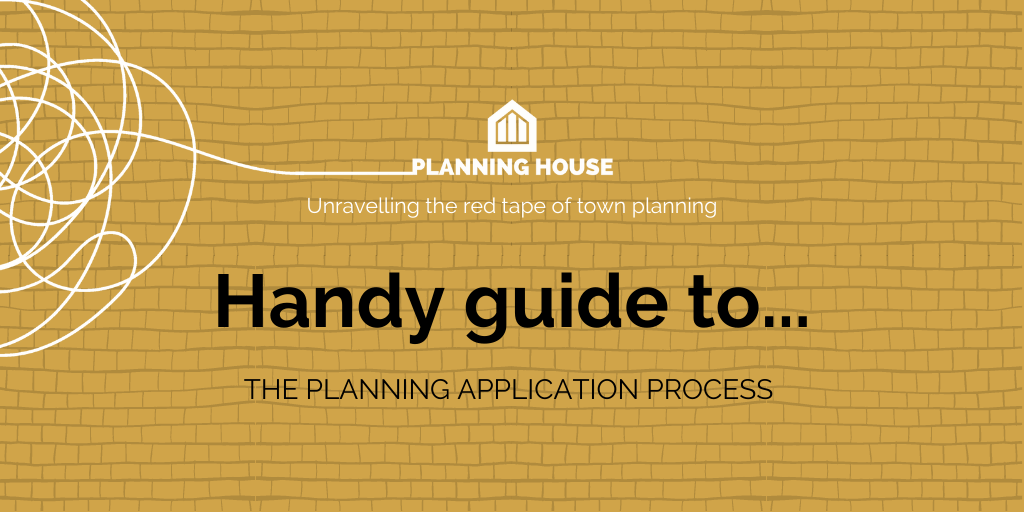We have created a very handy guide to the Planning Application Process! If you are about to dip your toe into the world of Planning by submitting a planning application, you may well feel a little apprehensive and bamboozled about the whole process. Fear not!
Planning permission is a largely inescapable part of the process when it comes to building, altering or extending your house. You either need to make a planning application or, if your scheme is for a small scale extension or outbuilding, you may be able to avoid applying for permission if you build within specific limits called Permitted Development.
Understanding how the planning system works before you submit an application will help you better navigate the process. Our experienced team of Planning Consultants have created this handy guide to show the basics of the planning application process.
>> Click here to download our handy guide to the Planning Application Process
Before you submit your application, it is worth understanding a little more about the different types of planning application.
There are four main types of application for planning permission:
- Full Application
- Householder Application
- Outline Application
- Reserved Matters Application
Full planning application
This is the most common type of planning application. The full details of a development proposal are submitted for consideration, including detailed drawings showing the site and the work you plan to do.
Types of development that require an application for full permission include;
- most non-householder developments
- engineering or other works
- new housing development
- temporary planning permission
- changes of use of buildings or land.
However, if you are extending or altering an existing residential dwelling you will need to make a Householder application (see below).
Householder application
This is an application specifically for householders who need permission to carry out work to their home or garden area. All details of the development proposal are submitted in one planning application.
These cover projects such as:
- Extensions and Conservatories
- Garage and Loft conversions
- Doors and Windows
- Garages, Car Ports and Outbuildings
- Fences, Gates and Garden Walls
Outline application
The purpose of an outline application is to decide whether the principle of a proposed development would be acceptable before a fully detailed proposal is put forward. This type of permission is usually for larger schemes, for example, housing developments.
If approved, conditions are normally attached which will need to be adhered to or require further details before the next stage of the process – known as a Reserved Matters application (see below).
Reserved Matters application
Where outline planning permission has been granted, an application for approval of the details, or Reserved Matters, must be submitted to the planning authority for approval before the development starts. A Reserved Matters application must be submitted for approval within three years of an Outline application being approved. This will typically include information about the layout, access, scale and appearance of the development i.e. the information excluded from the initial outline planning application.
Some people feel confident to submit their own planning application, but there may come a point where you need a little extra advice and guidance. Check out our article about When to hire a Town Planner or give us a call on 07944844882.


